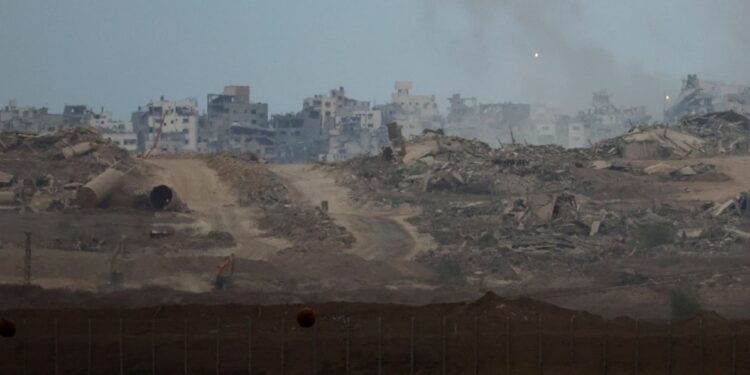An unprecedented and historic agreement between Hamas and Israel marks a decisive step in the Gaza crisis. This first phase, the result of intense international mediation, opens the way to a temporary ceasefire and emergency humanitarian measures, but the political and security challenges remain considerable.
A gradual truce under international supervision
The agreement concluded between Hamas and Israel provides for a gradual cessation of hostilities in Gaza. Initially, the two camps must observe a six-week truce, under the supervision of Qatar, Egypt and the United States. This lull aims to allow the release of Israeli hostages against Palestinian prisoners and to facilitate the entry of humanitarian aid into the devastated enclave.
Deliveries of food, water and fuel will be coordinated by the United Nations to respond to the unprecedented humanitarian crisis. Secure corridors must be put in place to deliver aid, while the population of Gaza, exhausted by months of bombing, lives in a situation of absolute emergency.
At least 400 humanitarian aid trucks will enter the Gaza Strip each day during the first five days of the ceasefire, and this number will increase in the following days, according to a Hamas source. The agreement also provides “the immediate return of displaced people from the south of the Gaza Strip to Gaza City and the north”,
This agreement, cautiously welcomed by the international community, constitutes only the first stage of a three-phase peace plan. Future negotiations must address the reconstruction of Gaza, the establishment of a transitional Palestinian authority and the prospect of a lasting political settlement.
Israeli reserves and Egyptian support
On the Israeli side, the Netanyahu government remains divided: certain ministers fear that this truce will benefit Hamas militarily. The Israeli prime minister announced that he would convene his government on Thursday to approve the agreement. This could be signed as early as Thursday in Egypt. Egyptian President Abdel Fattah Al-Sissi invited Donald Trump to “attend his signature”.
The agreement provides for the exchange to take place within seventy-two hours following signing. Mr. Trump said he believed all hostages, living and dead, would be “back on Monday”.
In Gaza, the armed factions express both distrust and relief, believing that the truce can only be a first step towards lifting the blockade. Hamas will release the 20 living hostages at once (out of the 47 still in Gaza), an official of the Islamist movement told Agence France-Presse. They will be exchanged for nearly 2,000 Palestinian detainees, 250 of whom are serving life sentences and 1,700 others who have been detained since the start of the war.
Despite the hope raised, many observers are calling for caution. The ceasefire remains conditional on strict compliance with commitments by both parties and the continuation of diplomatic dialogue. International mediators fear that an incident on the ground could inflame the conflict again.




